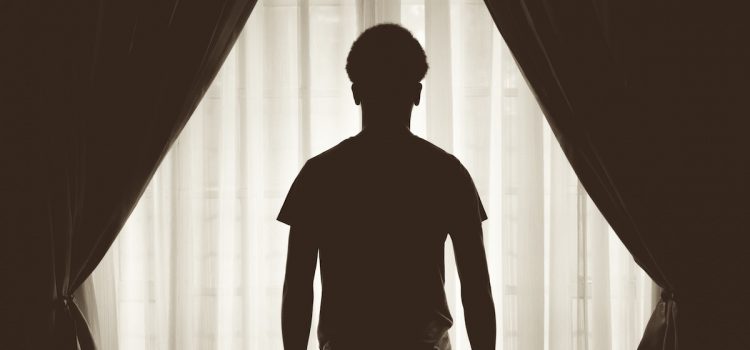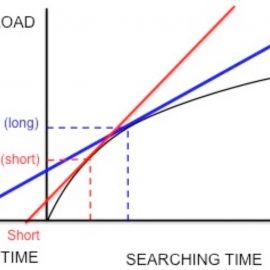
How many childhood friends did Sam Bankman-Fried have? On what rare occasion did he wear a suit?
In his recent biography Going Infinite, Michael Lewis provides a rare glimpse into the inner workings of Sam Bankman-Fried’s life. Lewis writes about the time before Bankman-Fried became a crypto mogul, explaining why he spent his life as a social outcast.
Read more to understand Sam Bankman-Fried’s personality.
Sam Bankman-Fried’s Personality
According to Lewis, Sam Bankman-Fried has been a social outcast throughout his life, largely because he doesn’t understand—or outright disregards—social conventions that others deem important. In our summary of what Lewis writes about Sam Bankman-Fried’s personality, we’ll look at how Bankman-Fried navigates social settings and how that’s left him chronically lonely.
Bankman-Fried’s Disregard for Social Norms
Lewis says that Bankman-Fried has struggled with social norms throughout his life, and this struggle continued even as he became one of the world’s wealthiest and most powerful individuals. To illustrate, we’ll look at three key examples: Bankman-Fried’s difficulty producing facial expressions, his behavior during virtual meetings, and his lack of concern for his appearance.
Lewis first relates that, in one of his interviews, Bankman-Fried noted that he never understood the point of facial expressions growing up—he told Lewis that he didn’t understand why he was supposed to smile while listening to other people speak. In fact, Bankman-Fried even told Lewis that as a trader on Wall Street, he forced himself to fake facial expressions so that his coworkers would find him more likable.
(Shortform note: According to researchers, difficulty expressing and understanding facial expressions is a common symptom of autism spectrum disorder. Individuals on the spectrum often either make no facial expressions, like Bankman-Fried, or make facial expressions that seem confusing or ambiguous to neurotypical people. However, these same researchers also note that people with autism spectrum disorder typically become more adept at making facial expressions as they age because they develop alternative strategies for producing facial expressions. In any case, Lewis doesn’t indicate whether Bankman-Fried may be on the spectrum.)
Bankman-Fried also showed little regard for social norms when meeting with influential people online. According to his head of public relations, Natalie Tien, this was the norm: Whenever Bankman-Fried took a one-on-one meeting via Zoom, he would distract himself with video games the entire time. For example, during a Zoom meeting with Vogue editor Anna Wintour, he regularly minimized the Zoom tab to play video games, only returning to Zoom when Wintour asked him a question that required more concentration.
(Shortform note: Bankman-Fried’s difficulty remaining focused during one-on-one meetings suggests that he might have attention deficit hyperactivity disorder (ADHD). Experts write that ADHD most commonly manifests as difficulty concentrating on a single task, which could explain why Bankman-Fried couldn’t focus even when meeting with only one person.)
Finally, Bankman-Fried showed no concern for his appearance, almost exclusively wearing dirty t-shirts and cargo shorts. Lewis reports that, in one exception, Bankman-Fried decided to wear a suit for his meeting with Senate Minority Leader Mitch McConnell, but he neglected to clean it, leaving him with a disheveled, wrinkled suit to meet one of the US’s most important politicians.
(Shortform note: Bankman-Fried’s disregard for his appearance is fairly common among billionaires, according to fashion experts. Mark Zuckerberg, for example, typically wears jeans and a gray t-shirt each day because it allows him to make one fewer decision. In a similar vein, Bill Gates reportedly prefers functional clothing—like button-downs and chinos—because he believes that spending lavishly on designer clothes is a waste of his money.)
Bankman-Fried’s Loneliness in Childhood and Adulthood
Lewis suggests that, because Bankman-Fried didn’t adhere to social norms, he experienced chronic loneliness in childhood and adulthood. As a child, for instance, Bankman-Fried had only one friend, with whom he mostly played Magic: The Gathering. Bankman-Fried’s only brother, Gabe, reported that they weren’t close as children—he viewed Sam as more of a fellow tenant than a brother. Moreover, Bankman-Fried’s loneliness as a child persisted into adulthood: Lewis notes that, in Bankman-Fried’s private journal as an adult, he confessed feeling as if no one understood him or was interested in him.
(Shortform note: Those who suffer from loneliness often feel more isolated when they’re around other people because these other people don’t understand or relate to them. So, while Bankman-Fried would later become surrounded by his coworkers at FTX and Alameda Research, in addition to constantly fielding interviews from reporters, it’s possible that his stardom exacerbated his loneliness by underscoring how few people truly understood him.)

———End of Preview———
Like what you just read? Read the rest of the world's best book summary and analysis of Michael Lewis's "Going Infinite" at Shortform.
Here's what you'll find in our full Going Infinite summary:
- How Sam Bankman-Fried created an empire—and then destroyed it
- A look at Bankman-Fried's life before he became a crypto mogul
- How effective altruism led Bankman-Fried to his career in finance






